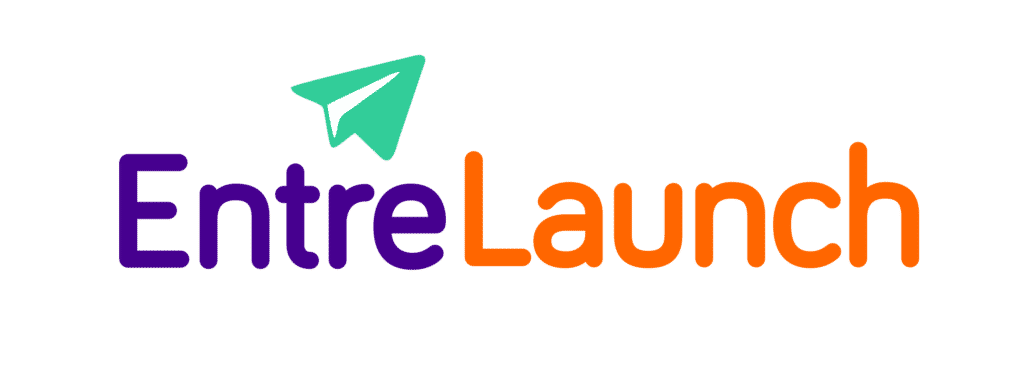Social Enterprise Versus Social Impact | Accelerator
In the last lesson we talked about solving problems or pain points by finding solutions that will benefit our target customer segments. This brings us to the topic of social enterprise.
According to Wikipedia https://en.wikipedia.org/wiki/Social_enterprise, “A social enterprise is an organization that applies commercial strategies to maximize improvements in financial, social and environmental well-being—this may include maximizing social impact alongside profits for external shareholders.”
It turns out there are many types of social businesses looking to create impact. With each type, there is a unique description however often these terms are misused or confused for one another.
Muhammad Yunus of Grameen Bank describes a social business as:
“Created and designed to address a social problem
- A non-loss, non-dividend company, i.e.
- It is financially self-sustainable and
- Profits realized by the business are reinvested in the business itself (or used to start other social businesses), with the aim of increasing social impact, for example expanding the company’s reach, improving the products or services or in other ways subsidizing the social mission.”
The Grameen approach takes a problem and develops a solution using strategic partners. One example is Grameen Veolia. This social business was created in partnership with Veolia to bring affordable clean water to areas of Bangladesh where clean drinkable water was inaccessible. High levels of naturally occurring Arsenic were present in 83% of ground water sources causing a multitude of health problems. Grameen Veolia created a state of the art water treatment plant to provide clean water to the communities.
Grameen Veolia receives revenue from water sales but unlike tradition for-profit corporations, all profits are reinvested in the company resulting in a circular cycle where funds can be used over and over. This differs from the not for profit or NGO model where funds only flow out essentially being used just once. In a social business model investors, the board and other parties do not receive any share of profits or return on investment outside their initial investment. The video below shares a little more about the Grameen Veolia story.
Watch:
Veolia – Grameen Veolia Water
https://youtu.be/a1n0pyBAoeE
Social Impact
Different from Social Enterprise, or Social Business, is the corporation looking to create Social Impact. Many larger corporation (and smaller businesses) often have a Corporate Social Responsibility Program wherein they raise funds to help a local or global issue, offer volunteer programs or create corporate impact in some way or another. These programs are beneficial to the community and are also a way for businesses to demonstrate social responsibility – something that resonates with many of their customers. Some examples of Corporate Social Responsibility Programs include Keller Williams RED days where realtors volunteer in their local community, Dove’s Real Beauty Campaign “celebrate the natural physical variation embodied by all women and inspire them to have the confidence to be comfortable with themselves”, and Tom’s Shoes which donates a pair of shoes to someone in a developing nation for every pair purchased.
Additional Videos to Watch:
Grameen Danone: A Success Story of Social Business
Muhammad Yunus – The Social Business Model
https://youtu.be/0C3XQ3BTd4o
TOMS – Gives new shoes to children in need. One for One.
Dove Change One Thing | How our girls see themselves
https://youtu.be/c96SNJihPjQ

